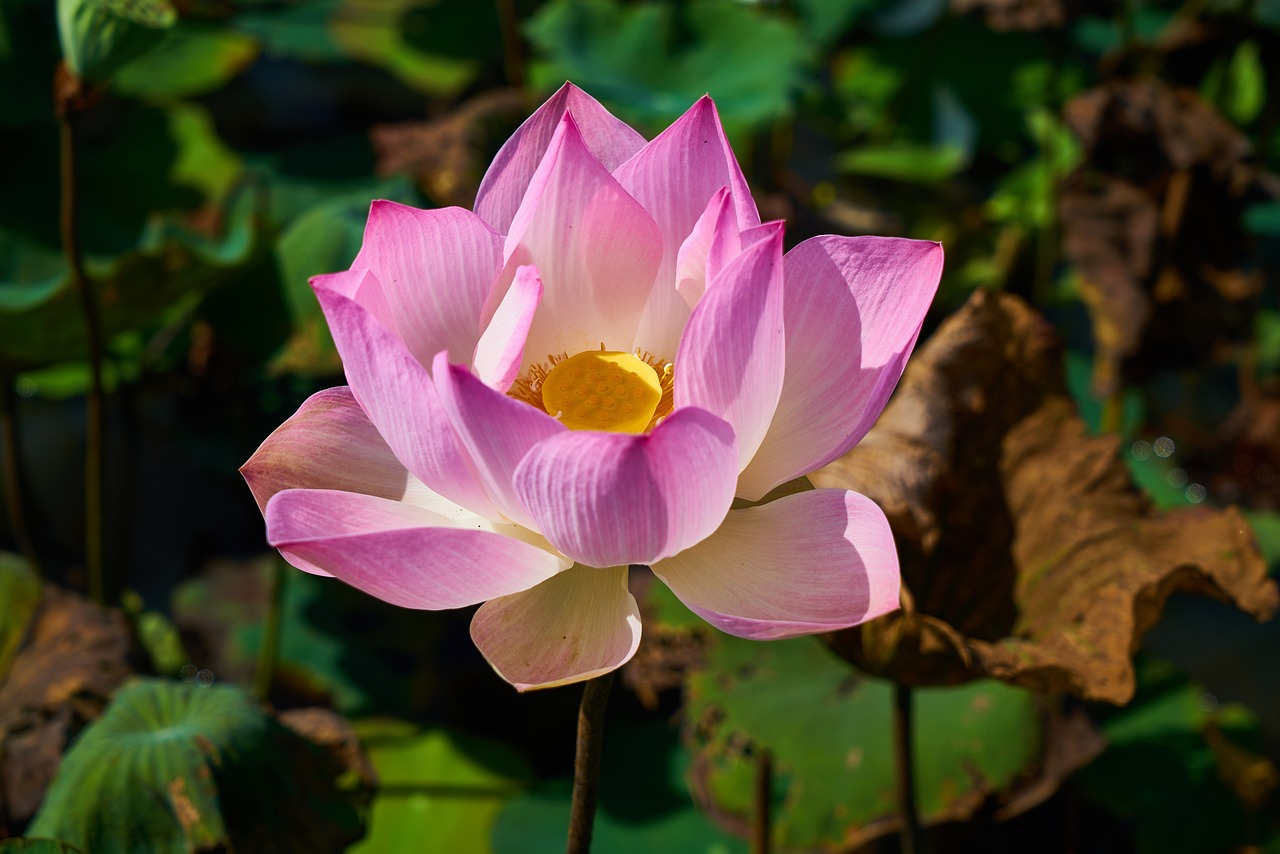Cambodia Video
Weathering Cambodia: Seasonal Changes and What to Expect
Cambodia, located in Southeast Asia, experiences a tropical monsoon climate characterized by distinct wet and dry seasons. The country’s weather is influenced by the southwest and northeast monsoons, resulting in varying temperatures, rainfall patterns, and humidity levels throughout the year. Understanding the seasonal changes in Cambodia can help you plan your visit and make the most of your time in this beautiful country.
Wet Season: May to October
The wet season in Cambodia lasts from May to October, with the peak rainfall occurring in August and September. During this time, the country experiences frequent and heavy rain showers, often accompanied by thunderstorms. The temperatures during the wet season range from 25 to 35 degrees Celsius (77 to 95 degrees Fahrenheit), and humidity levels can be high.
1. Lush Greenery: One of the highlights of visiting Cambodia during the wet season is the lush greenery that covers the landscapes. The rain showers nourish the vegetation, turning the countryside into a vibrant and picturesque sight.
2. Fewer Tourists: The wet season is considered the low tourist season in Cambodia. If you prefer avoiding crowds and enjoying a more peaceful experience, this is a great time to visit popular tourist destinations like Angkor Wat.
3. Water Activities: The increased rainfall opens up opportunities for water activities such as river cruises, kayaking, and exploring Cambodia’s famous floating villages. The rivers and lakes are filled with water, providing a unique perspective of the country’s natural beauty.
Cambodia Image 1:

Transition Season: November and December
November and December mark the transition period between the wet and dry seasons in Cambodia. During this time, the rainfall gradually decreases, and the temperatures start to cool down. The transition season offers pleasant weather with temperatures ranging from 22 to 30 degrees Celsius (72 to 86 degrees Fahrenheit).
1. Mild Temperatures: The transition season brings relief from the heat of the wet season. The cooler temperatures make outdoor activities more enjoyable, and it’s a great time to explore Cambodia’s temples and historical sites.
2. Festivals: Cambodia celebrates several festivals during the transition season, including the Water Festival (Bon Om Touk) and the Angkor Wat International Half Marathon. These events showcase the rich cultural heritage of the country and offer a unique experience for visitors.
3. Ideal for Photography: The transition season provides excellent lighting conditions for photography. The clear skies and softer sunlight create a beautiful backdrop for capturing stunning landscapes and architectural wonders.
Dry Season: January to April
The dry season in Cambodia lasts from January to April, with temperatures ranging from 26 to 35 degrees Celsius (79 to 95 degrees Fahrenheit). This season is characterized by hot and dry weather, with very little rainfall.
1. Sunny Days: The dry season offers plenty of sunshine, making it ideal for outdoor activities and exploring Cambodia’s natural attractions. The clear skies provide uninterrupted views of the stunning landscapes and historical sites.
2. Popular Tourist Season: The dry season is the peak tourist season in Cambodia, with many visitors flocking to popular destinations like Siem Reap and Phnom Penh. It’s advisable to book accommodations and attractions in advance during this period.
3. Ideal for Beaches: Cambodia boasts beautiful coastal areas, including Sihanoukville and Koh Rong, which are best enjoyed during the dry season. The warm weather and clear waters make it perfect for sunbathing, swimming, and snorkeling.
Cambodia Image 2:

Seasonal Festivals
Cambodia celebrates various festivals throughout the year, offering a glimpse into its rich cultural heritage. Here are some notable festivals that take place during different seasons:
1. Khmer New Year: Celebrated in mid-April, Khmer New Year is one of the most important festivals in Cambodia. It marks the end of the harvest season and the beginning of the Buddhist New Year. The festival is characterized by colorful parades, traditional games, and religious ceremonies.
2. Pchum Ben: Pchum Ben, also known as Ancestors’ Day, is a religious festival that takes place in September or October. Cambodians pay homage to their deceased relatives by offering food and prayers at pagodas. It is believed that during this time, the spirits of the ancestors return to Earth.
3. Water Festival (Bon Om Touk): The Water Festival, held in November, is one of the most exciting events in Cambodia. It commemorates the end of the rainy season and the reversing flow of the Tonle Sap River. The festival features boat races, fireworks, and vibrant celebrations along the riverside.
Cambodia Image 3:

Conclusion
Cambodia’s seasonal changes bring unique experiences throughout the year. Whether you prefer the lush greenery of the wet season, the pleasant weather of the transition season, or the sunny days of the dry season, there is something for everyone. Understanding Cambodia’s climate and festivals can help you plan your visit accordingly and make the most of your time in this enchanting country.
References
– Tourism of Cambodia: tourismcambodia.com
– Ministry of Tourism Cambodia: mot.gov.kh
– Weather.com: weather.com
– Lonely Planet: lonelyplanet.com


